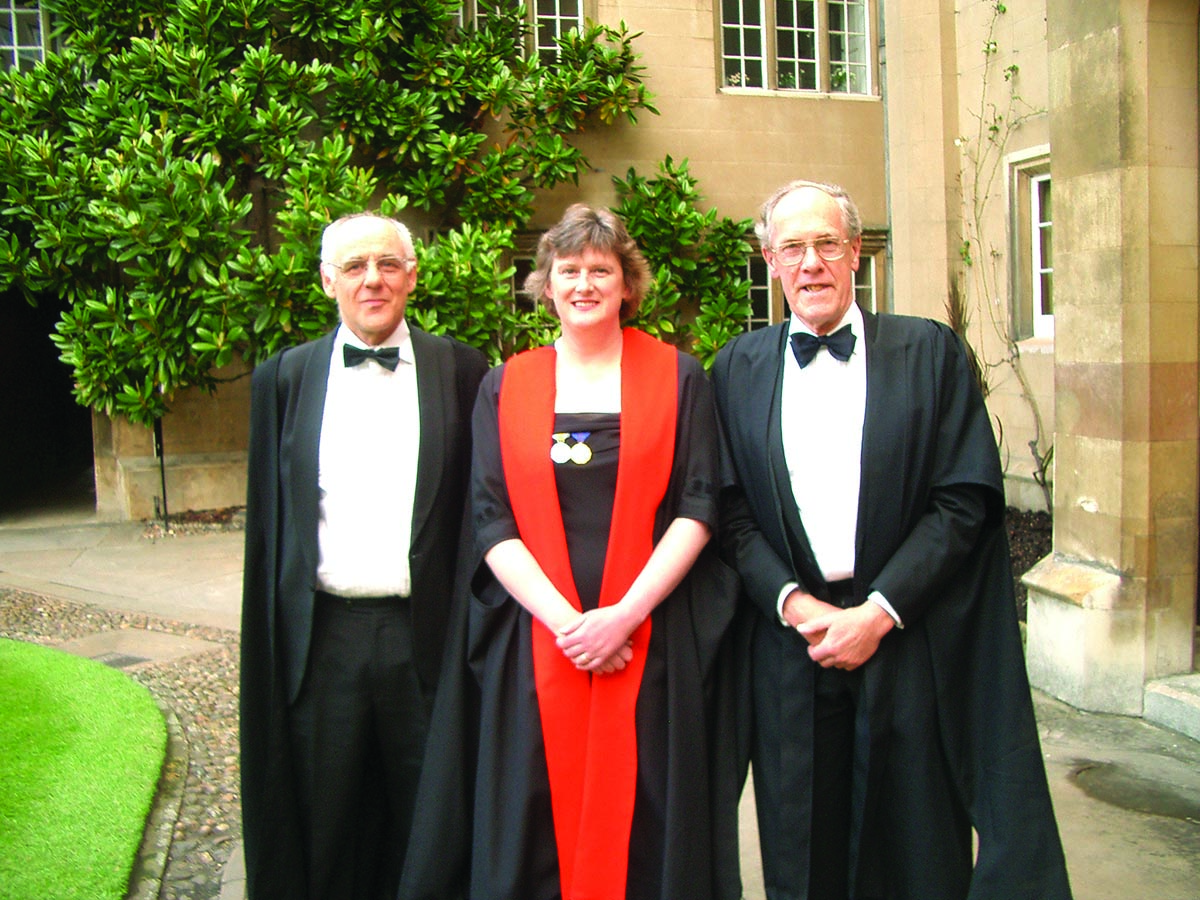Federal officials are finally moving on a year-old, two-phase plan to establish a long delayed backup for the GPS system.
Federal officials are finally moving on a year-old, two-phase plan to establish a long delayed backup for the GPS system.
The Department of Transportation (DoT) posted a request for information (RFI) in yesterday’s (November 30, 2016) Federal Register seeking input from companies interested in providing a second source for the type of timing data now provided by GPS. That ubiquitous, extremely accurate data is essential to the smooth operation of the vast majority the country’s critical infrastructure, including its cell phone networks, power grids, Internet pipelines, and banking systems.
"RFIs are frequently one of the first steps when the government wants to obtain either goods or services," said Dana Goward, the president of the Resilient Navigation and Timing Foundation, which has been advocating for a GPS backup system. "It seems to me, in this instance, the government is leaning towards obtaining services because they talk about being interested in proposals for service level (cooperative) agreements and public-private partnerships, which we think is a good thing."
Indeed, the government said it would be open to suggestions on ways to access such services and handle cost sharing — as well as asking for industry’s view of the market for a timing service. It also seems open to making changes to clear a way for new approaches.
"If a proposed solution or solutions assumes legislative and/or regulatory action on the part of the Federal Government," the RFI said, "that should be noted in any response."
DoT is considering regional as well as national systems, although the technical requirements differ a bit.
Nationally, officials are looking for a sustained accuracy of one microsecond with respect to UTC (Coordinated Universal Time), frequency stability of Stratum 1 level or better, system availability of 95 percent to 99 percent and the ability to operate without GPS, that is have a holdover capability, of at least 90 days.
In some ways the government wants more from its regional providers, including a sustained accuracy of 100 nanoseconds and a system availability of 99 percent. Regional systems, however, need only have a holdover capability of 30 days.
Long Time Coming
The RFI comes a year after the federal policy-making body for positioning, navigation, and timing (PNT) recommended that the Navy’s old ground-based Loran system be upgraded to enhanced Loran (eLoran) to help provide backup PNT services across the nation. The very powerful and nearly unjammable eLoran system uses a different set of frequencies, is totally independent of GPS, and can serve areas GPS signals don’t reach — such as underground. It has also been adopted by other nations including South Korea and is being developed in Europe.
The National Executive Committee for Space-Based PNT (PNT ExCom), which DoT co-chairs with the Department of Defense, announced the two-step plan in December 2015. Once eLoran was in place, the ExCom intended to work on a fallback for the other capabilities of GPS including its navigation and positioning services.
The decision on the plan capped more than a decade of delays and infighting among federal agencies that often centered on who would have to take financial responsibility for eLoran. This came after the federal government had reached consensus on the need to deploy eLoran only to have the program killed by the Obama administration, which eliminated funding for the foundational Loran system in 2010. The seemingly endless spat irritated members of Congress, triggering the December 2015 compromise.
The eLoran system is the focus of a cooperative agreement between Harris Corporation, UrsaNav Inc., the Department of Homeland Security, and the U.S. Coast Guard, which is part of DHS. UrsaNav is one of the prospective commercial providers of a backup timing solution. A partnership of Satelles and Iridium is another.
"We are pleased to see the government take this first step to protect U.S. critical infrastructure and key resource sectors," said UrsaNav President and CEO Charles Schue. "We hope they can accelerate the process by partnering with industry so the country is protected as soon as possible."
The Harris-UrsaNav team recently completed nearly a month of transmissions from an eLoran site at Wildwood, New Jersey, and will begin new transmissions December 5. Signals from Wildwood have been received as far away as Ocala, Florida — about 800 miles away. The UrsaNav ‘s website says eLoran can achieve ±100 nanosecond accuracy with Additional Secondary Factor (ASF) mapping and ±50 nanoseconds with differential delay corrections.
Satelles and Iridium are taking a different approach, offering a GPS backup based on Iridium’s constellation of 66 low-Earth satellites. The satellites transmit PNT signals for companies’ new STL (Satellite Time and Location) service. STL, which is already operational, is able to provide better than 100-nanosecond timing accuracy with high-end receivers incorporating, for example, a rubidium oscillator.
"I’m thrilled to see that this RFI is out there," said Michael O’Connor, Satelles CEO, who told Inside GNSS that the announcement reflects the importance of PNT resiliency for critical infrastructure operations.
"This is the reason our team of GPS experts have spent the last five years creating a global time and location solution that is completely independent from GPS," said O’Connor. "From that perspective it’s just great to see some activity in this area because I think we all realize how important this is."
Responses to the RFI (docket number DOT-OST-2016-0227) must be filed by January 30, 2017.
Further information for those responding can be obtained from Karen L. Van Dyke, Director, Positioning, Navigation, and Timing & Spectrum Management, Office of the Assistant Secretary for Research and Technology, U.S. Department of Transportation, 1200 New Jersey Ave. SE, Washington, DC, 20590, 202-366-3180, <karen.vandyke@dot.gov>.






